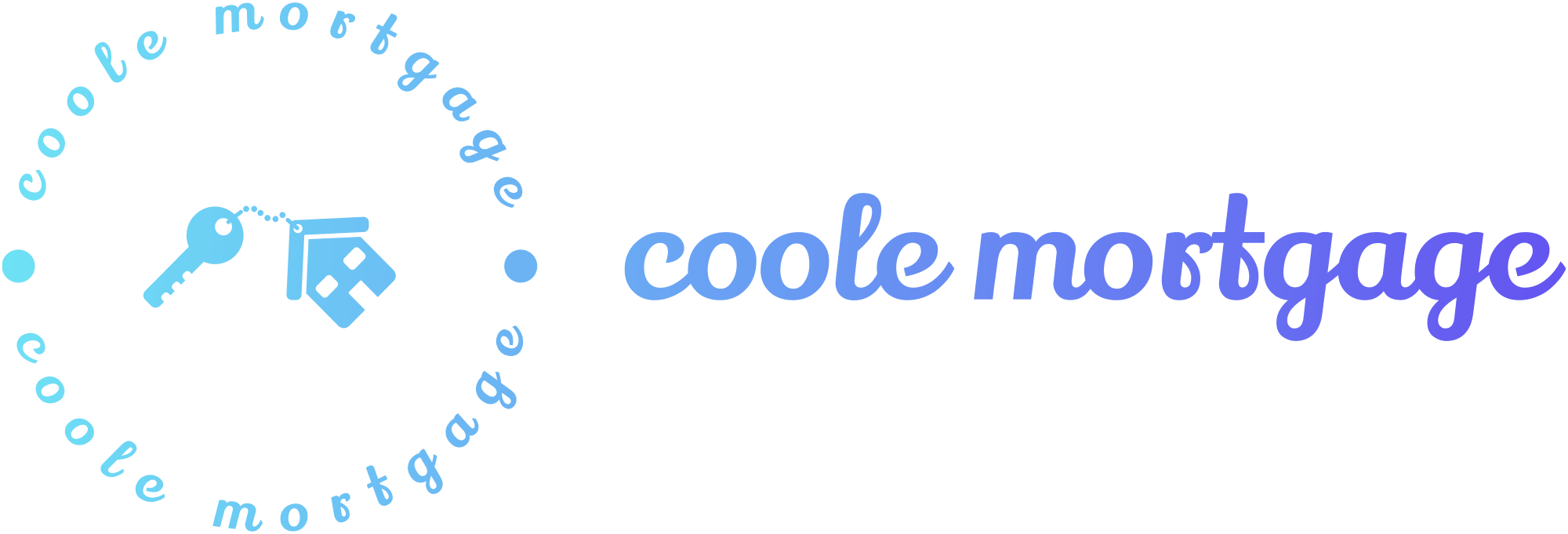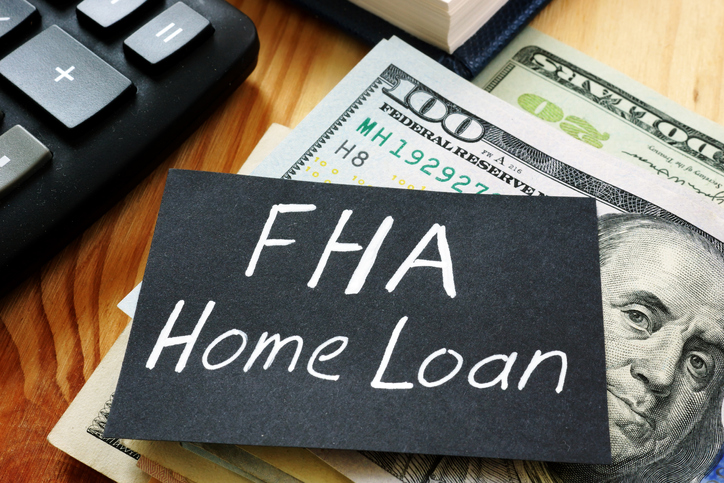How To Get rid of PMI
If you’re looking to reduce your monthly mortgage payments, removing Private Mortgage Insurance (PMI) could be a smart financial move. For homeowners who initially purchased their home with less than a 20% down payment, PMI has likely been an extra monthly expense. However, as your equity in the home increases, either through mortgage payments or appreciation, you reach a point where you can petition to cancel this insurance.
In this article, we’ll guide you through the steps to eliminate PMI from your loan, potentially saving you thousands of dollars over the life of your mortgage.
How to remove PMI
The Homeowners Protection Act (HPA) and PMI Cancellation
The HPA provides homeowners with the right to request the cancellation of PMI when their mortgage balance falls to 80% of the original value of their home (this typically refers to the purchase price or the appraised value at the time you bought your home, whichever is less).
Additionally, the Act mandates automatic termination of PMI when your mortgage balance reaches 78% of the original value of your home, provided you are current on your payments.
Automatic Termination vs. Borrower-Requested Cancellation
- Automatic Termination: This occurs when your mortgage balance is scheduled to reach 78% of the original value of your home, according to the amortization schedule, without any action required from you, as long as you are current on your mortgage payments.
- Borrower-Requested Cancellation: You can initiate a request to cancel PMI earlier than the automatic termination date when your mortgage balance falls to 80% of the original home value. To do this, you must meet certain lender requirements, which typically include a good payment history and no other liens on the property.
how to remove pMI without refinancing
Requirements for PMI Cancellation
- Good Payment History: You need to have a track record of making your mortgage payments on time. Lenders may require no late payments (30 days or more) within the past 12 months and no late payments (60 days or more) within the past 24 months.
- Loan-to-Value Ratio (LTV): The principal balance of your mortgage must fall to 80% or less of the original value of your home. This decrease can be due to paying down your mortgage over time or through an increase in your home’s value.
- Property Appraisal: Some lenders may require a current appraisal to verify that the value of your home has not decreased. This appraisal must be conducted by a lender-approved appraiser to ensure the LTV ratio meets the requirements for PMI cancellation.
- Written Request: You must submit a written request to your lender or mortgage servicer asking for PMI to be canceled. This document should clearly state your request and include any evidence required by your lender to prove that you meet the eligibility criteria.
How to remove PMI from an FHA Loan
Private Mortgage Insurance (PMI) is specific to conventional loans, while FHA loans come with their own version of mortgage insurance, referred to as Mortgage Insurance Premiums (MIP). The rules for canceling MIP on FHA loans are different from the rules for canceling PMI on conventional loans.
MIP on FHA Loans
For FHA loans, the mortgage insurance is required for the life of the loan for most new borrowers, depending on the terms of the loan and the initial down payment amount. Here are the key points regarding MIP cancellation:
Loans Originated After June 3, 2013:
- If you put down less than 10%, MIP is required for the life of the loan.
- If you put down 10% or more, MIP is required for 11 years.
Loans Originated Before June 3, 2013:
- Can be canceled after 5 years as long as the LTV is around 78% or less
Removing MIP from FHA Loans
Removing MIP from an FHA loan is not as straightforward as canceling PMI on a conventional loan. For most borrowers who put down less than 10%, the only way to eliminate MIP is by refinancing their existing FHA loan into a conventional loan once they have enough equity (typically 20% equity) to qualify for a conventional mortgage without PMI.





